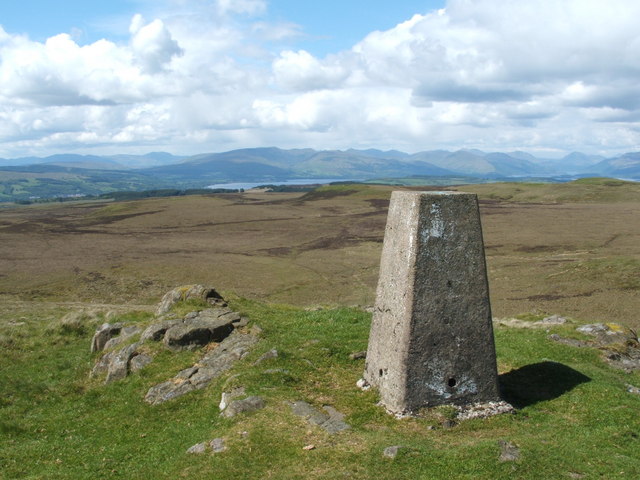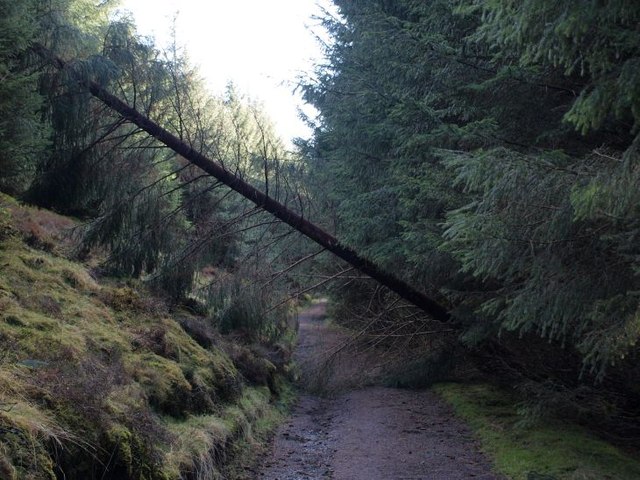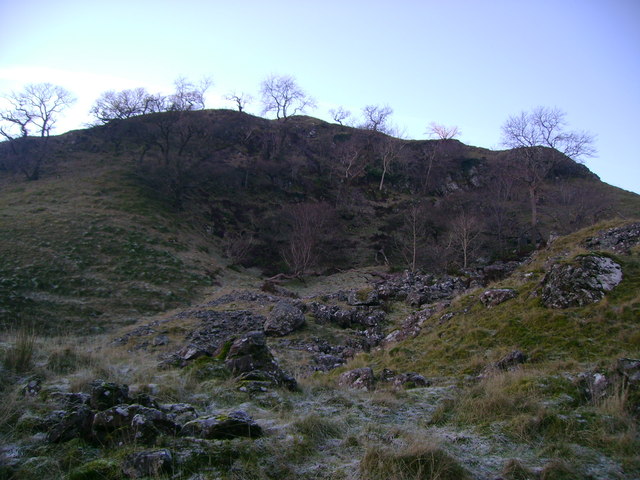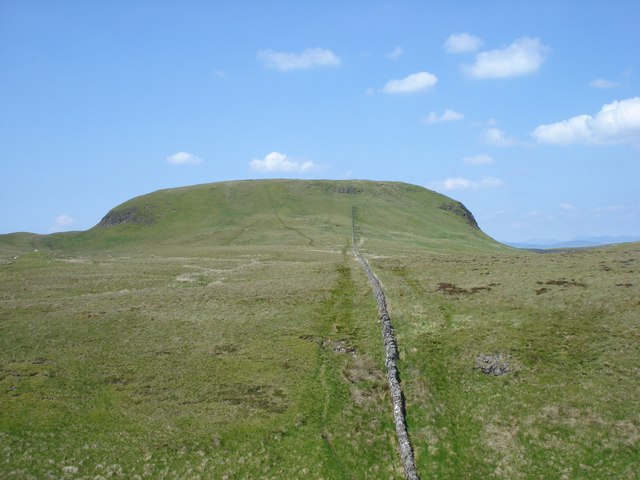Loch Humphrey
Lake, Pool, Pond, Freshwater Marsh in Dunbartonshire
Scotland
Loch Humphrey

Loch Humphrey is a freshwater lake located in Dunbartonshire, Scotland. It is situated in a picturesque setting surrounded by rolling hills and lush greenery. The lake covers an area of approximately 10 acres, making it an ideal spot for various recreational activities.
The water in Loch Humphrey is crystal clear and teeming with a diverse range of aquatic life. Anglers are often drawn to the lake due to its abundance of fish, including trout and perch. Fishing enthusiasts can be seen casting their lines from the shores or from small boats that can be rented nearby.
The lake is also a popular destination for nature lovers and birdwatchers. The surrounding area is home to a variety of bird species, such as swans, ducks, and herons. Visitors can observe these beautiful creatures in their natural habitat and enjoy the peaceful ambiance created by the tranquil waters.
Additionally, Loch Humphrey offers opportunities for boating and kayaking. With its calm and serene atmosphere, it is the perfect place to spend a sunny afternoon on the water. The lake is easily accessible, with a car park located nearby for visitors' convenience.
Overall, Loch Humphrey is a hidden gem in Dunbartonshire, offering a serene and natural setting for outdoor enthusiasts. Whether it's fishing, birdwatching, or simply enjoying the peaceful surroundings, Loch Humphrey provides a delightful experience for all who visit.
If you have any feedback on the listing, please let us know in the comments section below.
Loch Humphrey Images
Images are sourced within 2km of 55.952143/-4.4707989 or Grid Reference NS4575. Thanks to Geograph Open Source API. All images are credited.









Loch Humphrey is located at Grid Ref: NS4575 (Lat: 55.952143, Lng: -4.4707989)
Unitary Authority: West Dunbartonshire
Police Authority: Argyll and West Dunbartonshire
What 3 Words
///testy.glue.loudness. Near Old Kilpatrick, West Dunbartonshire
Nearby Locations
Related Wikis
Loch Humphrey
Loch Humphrey is a loch in West Dunbartonshire, Scotland. It is fished for mainly perch and occasional trout by members of the Bearsden Angling Club, who...
Duncolm
Duncolm (Scottish Gaelic: Dùn Choluim) is a hill in Scotland. It is the highest point in both West Dunbartonshire and the Kilpatrick Hills, at an elevation...
Bowling railway station (Lanarkshire and Dunbartonshire Railway)
Bowling railway station was a railway station located in the village of Bowling, Scotland, on the Lanarkshire and Dunbartonshire Railway. Bowling station...
Forth and Clyde Canal
The Forth and Clyde Canal is a canal opened in 1790, crossing central Scotland; it provided a route for the seagoing vessels of the day between the Firth...
Nearby Amenities
Located within 500m of 55.952143,-4.4707989Have you been to Loch Humphrey?
Leave your review of Loch Humphrey below (or comments, questions and feedback).










